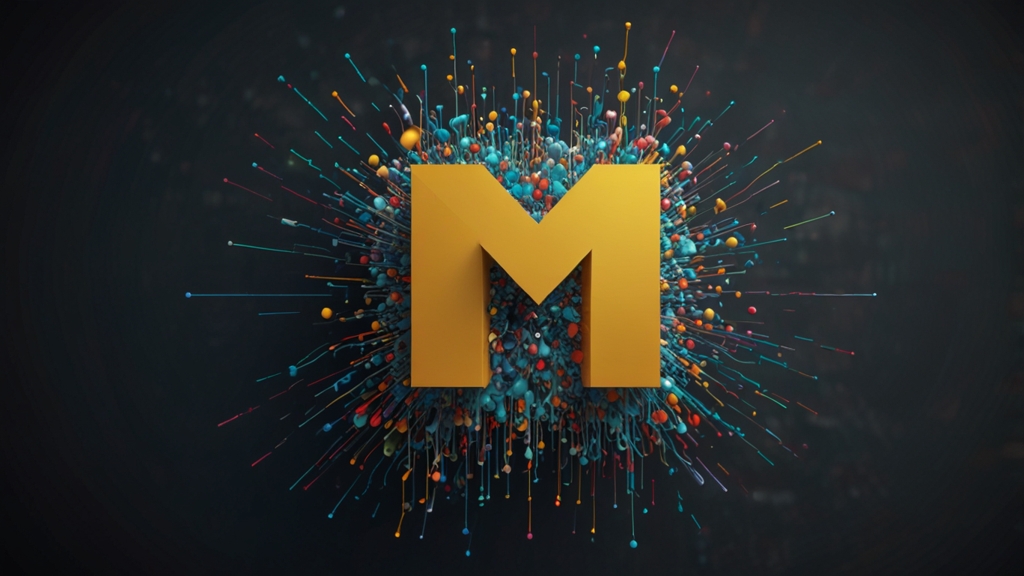Understanding the Complexity of Modern Cryptography
Modern cryptography is a cornerstone of the digital era, underpinning the security of online communications, financial transactions, and data storage. Its complexity arises from a combination of mathematical principles, algorithmic strategies, and practical implementations. This article dives into the intricate landscape of contemporary cryptographic practices, elucidating why they are vital and how they operate.
“Cryptography is the mathematical bedrock upon which the foundations of cybersecurity are built. Understanding its complexities is crucial for safeguarding the digital age.”
The Evolution of Cryptographic Techniques
The journey of cryptography dates back to ancient civilizations, where simple substitution ciphers were employed to encode messages. However, the advent of digital computing brought a revolution in cryptographic methods. The shift from classical cryptography to modern cryptography marked the development of more sophisticated techniques capable of withstanding the analysis by powerful computers.
Two significant milestones in this evolution were the introduction of the Data Encryption Standard (DES) in the 1970s and the subsequent adoption of the Advanced Encryption Standard (AES) to replace DES due to its longer key sizes and resistance to various attacks. The progression did not stop there. Asymmetric cryptography, public key infrastructure, and digital signatures have since become integral to secure digital communication.
Symmetric vs. Asymmetric Cryptography
A primary distinction in modern cryptographic systems is between symmetric and asymmetric cryptography:
Symmetric Cryptography
Symmetric cryptography, also known as secret-key cryptography, involves the use of a single key for both encryption and decryption. While it is generally faster and less computationally intensive, the challenge lies in securely sharing the key between parties. AES is one of the most widely used symmetric algorithms today, favored for its efficiency and security in various applications.
Asymmetric Cryptography
In contrast, asymmetric cryptography employs a pair of keys: a public key for encryption and a private key for decryption. This method eradicates the key distribution problem inherent in symmetric systems by allowing the public key to be freely shared. The RSA algorithm and Elliptic Curve Cryptography (ECC) are prominent examples of asymmetric cryptographic systems, extensively used in secure web communications and digital certificates.
Cryptographic Hash Functions
Another critical component of modern cryptography is the cryptographic hash function. Unlike encryption algorithms, hash functions take an input and produce a fixed-size string of characters, often appearing random. A good hash function possesses properties like determinism, collision resistance, and pre-image resistance. Secure Hash Algorithm (SHA) variants, especially SHA-256, are predominant in ensuring data integrity and authenticity.
“In the realm of cryptography, hash functions play the unsung hero’s role, certifying the integrity of data and laying the groundwork for blockchain technologies and digital signatures.”
The Role of Cryptography in Cybersecurity
Modern cryptography goes beyond just securing data; it forms the bedrock of cybersecurity. It protects sensitive information against theft and alteration, supports user authentication, ensures transaction integrity, and fortifies network communications. In an era where cyber threats are pervasive, robust cryptographic practices are indispensable.
End-to-end encryption in messaging apps, HTTPS protocols securing internet traffic, and encrypted storage solutions exemplify how pervasive cryptographic methods have become. As cyber threats evolve, so too must cryptographic practices. Post-quantum cryptography is an emerging field that aims to develop algorithms resistant to the potential threats posed by quantum computers.
The Challenges and Future of Cryptography
The field of cryptography is not without its challenges. One significant issue is key management, which involves the generation, distribution, and revocation of keys. Moreover, ensuring the backward compatibility of new cryptographic algorithms with existing systems can be complex and resource-intensive.
Looking ahead, the development of quantum-resistant algorithms and the integration of cryptographic techniques with emerging technologies like blockchain and IoT will be pivotal. The intertwining of cryptography with machine learning for cryptanalysis and anomaly detection also heralds a new era of innovation and sophistication.
“The future of cryptography will be defined by our ability to anticipate and adapt to new threats, combining mathematical ingenuity with technological advancements.”
In conclusion, the landscape of modern cryptography is a testament to human ingenuity and the relentless pursuit of security in an increasingly digital world. Its complexity is a blend of mathematical finesse, strategic implementation, and continual adaptation to emerging threats. As digital interconnectivity deepens, the role of cryptography in safeguarding our digital sanctuaries can only grow more critical.








